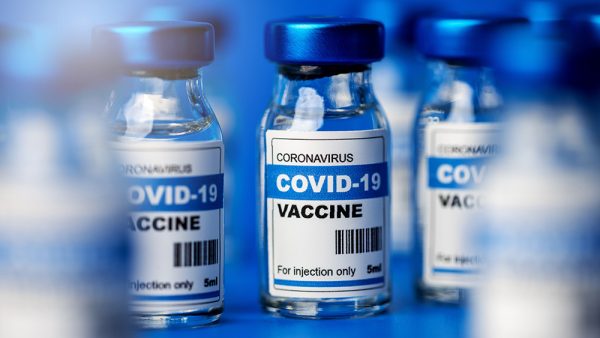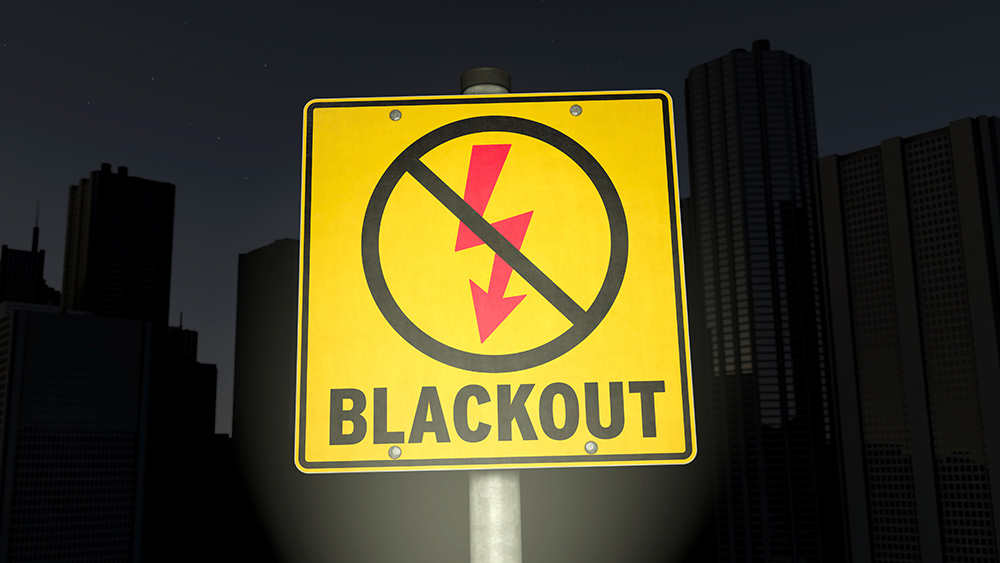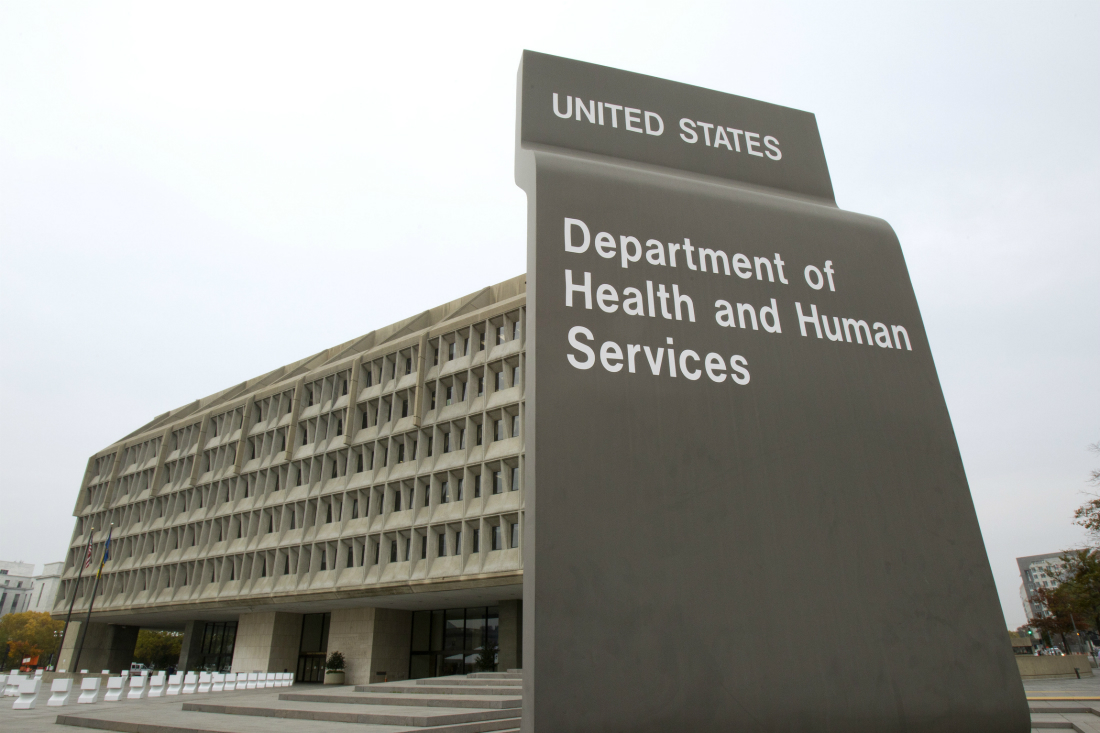Decriminalizing carbon dioxide: The unraveling of EPA's flawed Endangerment Finding
By willowt // 2025-02-09
Tweet
Share
Copy

- President Donald Trump signed an executive order directing the EPA to reassess the legality and applicability of the Endangerment Finding, a move seen as a step toward dismantling federal environmental regulations.
- The Clean Air Act of 1963 didn't initially list carbon dioxide (CO2) as an air pollutant, but a 2007 Supreme Court ruling (Massachusetts v. EPA) paved the way for the EPA to regulate greenhouse gases.
- The 2009 EPA rule classifying CO2 as a harmful pollutant is criticized for relying on flawed data and has led to higher energy bills and concerns about the stability of the U.S. energy grid.
- The 2022 Supreme Court decision cited the Major Questions Doctrine, emphasizing the need for agencies to have clear congressional authorization for significant actions, providing further grounds for challenging the Endangerment Finding.
- Reassessing the Endangerment Finding is seen as crucial for ensuring the U.S. remains competitive in the global economy and can focus on technological advancements without the constraints of misguided regulation. The aim is to return to the original intent of the Clean Air Act and address genuine public health and welfare risks.
The origins of Endangerment Finding
The Endangerment Finding, a rule that has largely flown under the radar for most Americans, has been a cornerstone of federal environmental policy since 2009. It allows the EPA to classify carbon dioxide (CO2) as a harmful pollutant under the Clean Air Act, enabling the agency to regulate it. However, this rule has its roots in a series of legal battles that began long before it was officially adopted.A historical misstep
The Clean Air Act, first passed in 1963, was designed to address the public health and welfare risks posed by certain widespread air pollutants. Notably, carbon dioxide was not listed as an air pollutant when the Act was initially enacted. It wasn’t until 1999 that the International Center for Technology Assessment and 18 other environmental and renewable energy organizations filed a petition to regulate greenhouse gas emissions from on-road vehicles under the Clean Air Act. This petition eventually led to a lawsuit, culminating in the 2007 Supreme Court case Massachusetts v. EPA. In Massachusetts v. EPA, the Court ruled that greenhouse gases are air pollutants covered by the Clean Air Act and that the EPA must determine whether emissions of greenhouse gases from new motor vehicles pose a threat to public health or welfare. However, the Court’s decision was nuanced, stating that the EPA must ground its reasons for action in the statute. This means that the EPA was required to make a determination based on clear scientific evidence, not just policy preferences.The Endangerment Finding: A leap without clear justification
Despite the Supreme Court’s ruling, the EPA’s subsequent Endangerment Finding in 2009 was a significant leap in regulatory authority. The Finding declared that the current and projected concentrations of six key greenhouse gases, including CO2, threaten public health and welfare. This decision opened the door for the EPA to implement greenhouse gas emissions standards for vehicles and other sectors. However, the scientific basis for this Finding has been widely questioned. Critics argue that the EPA relied on flawed data and cherry-picked studies to support its conclusion. Moreover, the economic impact of regulating CO2 as a pollutant has been substantial, leading to higher energy bills and a less reliable energy grid.The cost of regulation
The cost of the EPA’s regulatory actions has been immense. By vilifying CO2 and attempting to regulate it to death, the EPA has harmed tens of millions of Americans with higher energy bills. The U.S. energy grid, which is crucial for the nation’s economic and technological advancement, has been put at risk. In the age of artificial intelligence, where dependable and affordable energy is essential, the United States cannot afford to have its energy policies hamstrung by what many view as a misguided regulatory framework.A new era of energy policy
The Trump administration’s executive order signals a shift in the federal government’s approach to energy and environmental regulation. By requiring the EPA to reassess the Endangerment Finding, the administration is taking a step toward restoring balance and ensuring that regulatory actions are grounded in clear scientific evidence and constitutional authority.The Supreme Court’s recent ruling
The 2022 Supreme Court decision in West Virginia v. EPA provides further grounds for challenging the Endangerment Finding. In this landmark ruling, the Court cited the Major Questions Doctrine, which requires that agencies must have clear congressional authorization for actions of major national significance. The Court’s decision reprimanded the EPA for overstepping its constitutional bounds and emphasized the need for strict adherence to the letter of the law.A path forward
The reassessment of the Endangerment Finding is not just a matter of legal and regulatory reform; it is a critical step toward ensuring that the United States remains competitive in the global economy. By eliminating the shackles of misguided regulation, the United States can unleash its full potential in the AI arms race and other technological advancements. As the EPA reviews the Endangerment Finding, it is crucial that the agency considers the latest scientific research and the economic realities of the modern world. The Clean Air Act was never intended to be a tool for regulating CO2 as a harmful pollutant. It is time to return to the original intent of the Act and focus on addressing genuine public health and welfare risks. The Endangerment Finding is a relic of an overzealous regulatory era that has done more harm than good. By repealing this flawed rule, the United States can move forward with a more balanced and effective approach to energy and environmental policy. Sources include: ClimateDepot.com TownHall.com EPA.govTweet
Share
Copy
Tagged Under:
Trump EPA big government junk science carbon dioxide EPA Watch climate climate science Clean Air Act energy supply green tyranny new energy report woke narrative
You Might Also Like
Crypto leaders laud Trump’s war against DEBANKING
By Ramon Tomey // Share
Davos 2025: WEF panel on ‘antisemitism’ pushes for increased social media censorship
By News Editors // Share
Green energy or green exploitation? How USAID’s climate agenda backfired on the developing world
By Willow Tohi // Share
Netanyahu vows to “open the gates of hell” if Hamas fails to release all hostages
By Cassie B. // Share
Trump’s Victory Triggers ‘Great Reveal,’ Exposes Deep State Corruption
By Finn Heartley // Share
Recent News
Earth-like soil patterns on Mars reveal clues to the planet’s climate history
By willowt // Share
Virologist who endorsed HCQ for COVID-19 appointed to top pandemic post at HHS
By ramontomeydw // Share










